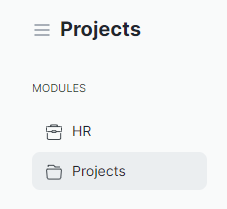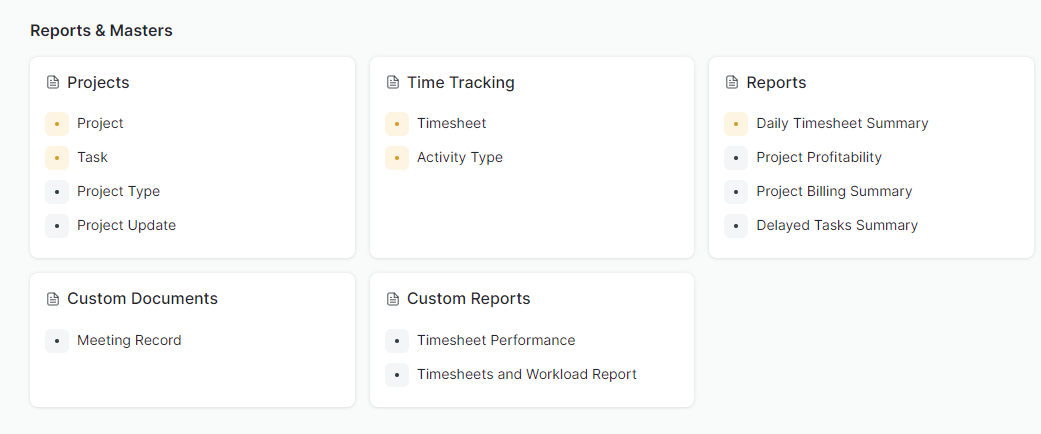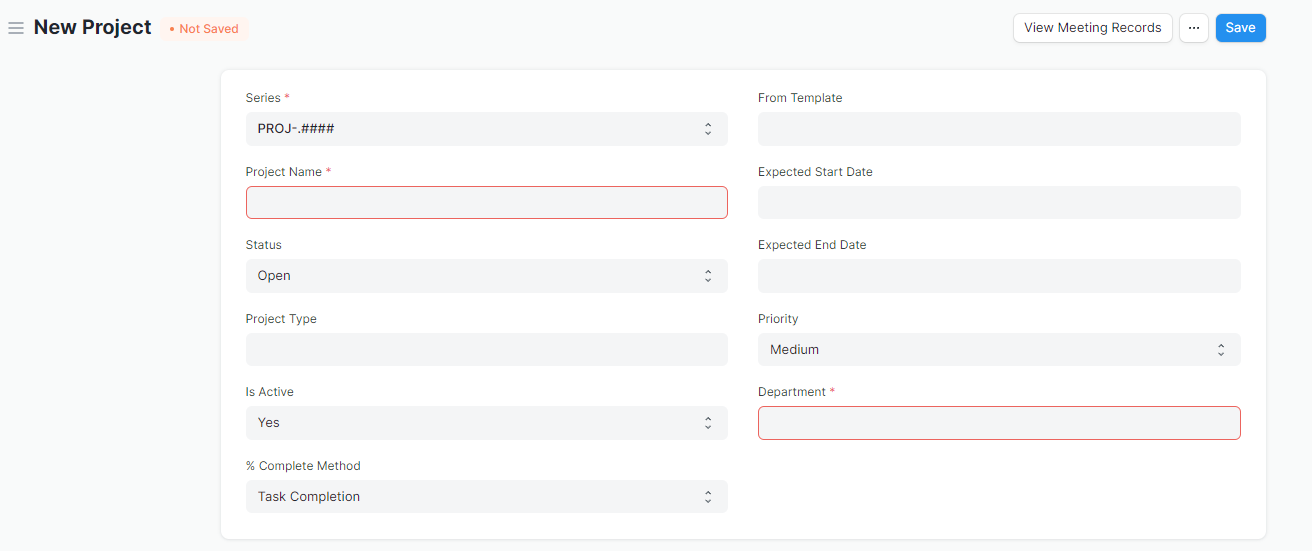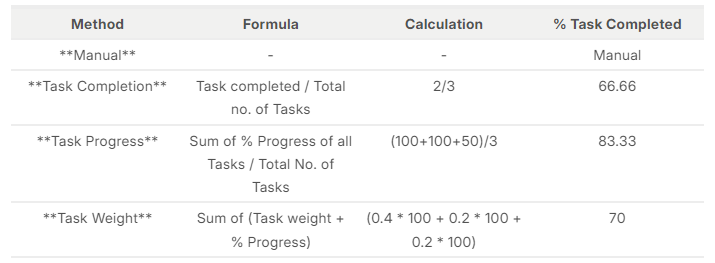Project Creation
By ERPNext Administrator on October 8, 2024
BeginnerProject Creation
It looks like you're providing steps to create a project in ERPNext. Here’s a clearer set of instructions:
1. Access the Project Module:
- In the left panel, locate and select "Project."
2. Create a New Project:
- In the Project module, click on the "Project" menu.
3. Add a New Project:
- Click on the  button to create a new project.
button to create a new project.
4. Fill in Project Details:
- Enter the necessary information for your project, such as the project name, description, start date, and any other relevant fields.
5. Save the Project:
- After filling in the details, click  to create your project.
to create your project.


Additional Options while creating a Project
1. Project Name :
The recommended formats are:
- For internal projects: TBA-[Project]
- For external projects: [Abbr of customer name]-[Project]
- For department : TBA-[Department name] eg. TBA-DX
2. Expected Start Date:
If you have a time-line fixed for the project, you can define both expected Start Date and Expected End Date in the form.
3. Project Type:
You can classify your projects into different types, e.g., Internal or External.
4. Priority:
You can select the priority level of the Project based on how crucial it is. You can also add more priority levels.
5. Department:
If the project belongs to, or is owned by a Department in the organization, you can add that here.
6. Is Active:
A Yes/No tab, which lets you change the active status of the project at any later stage.
** Please note that projects with Is Active = No will not be available in certain documents such as tasks, timesheets, and meeting records.
7. Completion Method :
You can track the % completion of your project based on one of the three methods, viz. **Manual, Task Completion, Task Progress and Task Weight.
8.Customer Detail:
Select the customer from the list.
9.Sales Order (Optional):
You can leave this blank because the sales order will be created from sales.
10.Default Cost Center:
Enter the cost center for the project.



More articles on User Guide for Employee